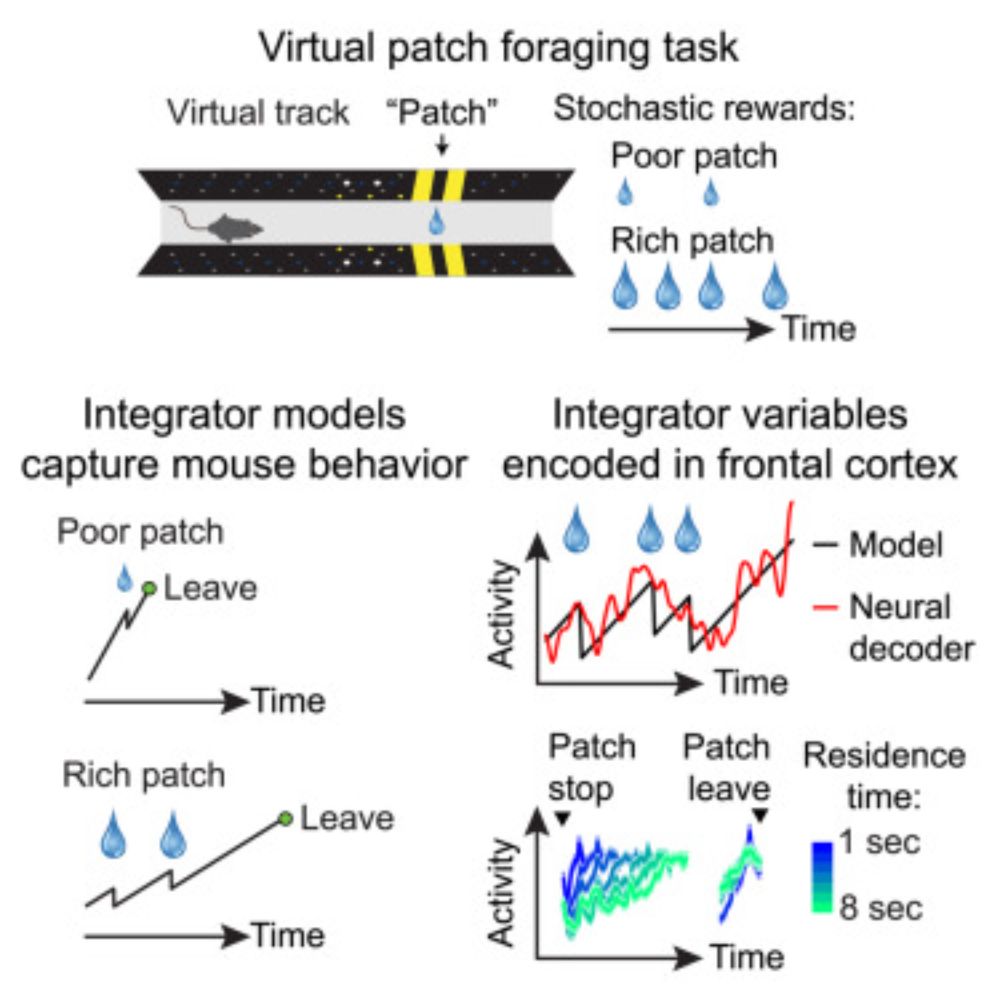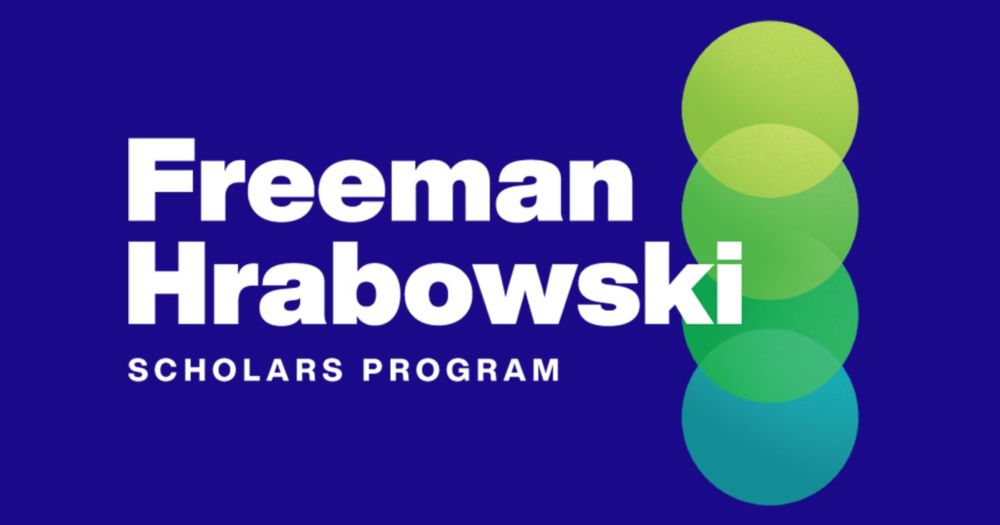Caitlin Mallory
@caitlinmallory.bsky.social
290 followers
720 following
27 posts
HHMI Hanna Gray Fellow, current postdoc at UC Berkeley. Interested in memory, imagination, replay and internally-generated sequences. Other main interests include children (especially my 3 y/o daughter) and dachshunds (borderline obsession).
Posts
Media
Videos
Starter Packs
Reposted by Caitlin Mallory
Reposted by Caitlin Mallory







